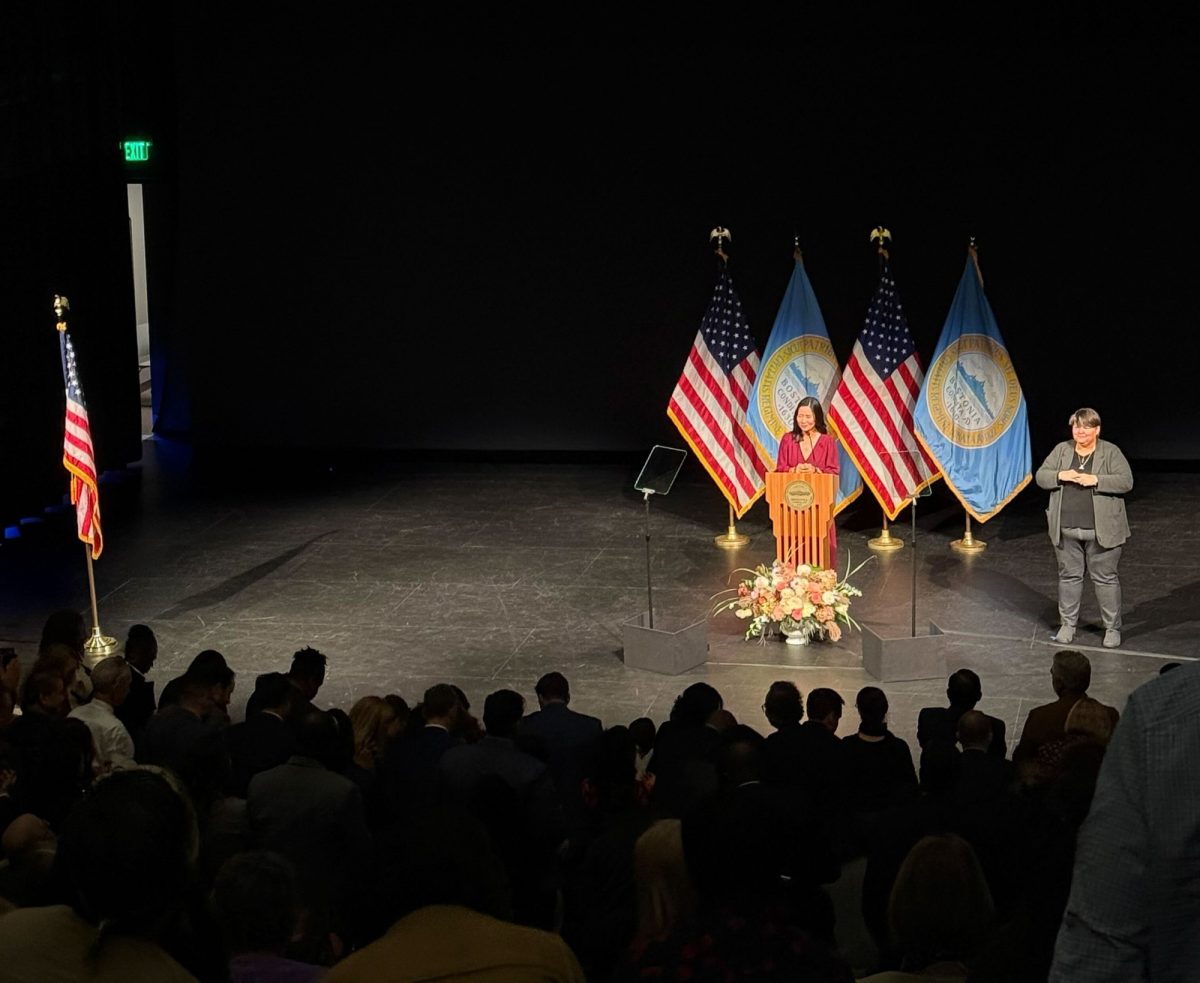In any given Boston University classroom, dining hall or study lounge, about six out of 10 students are likely to be female.
BU’s high female proportion is notorious among the BU community, BU officials and students said. However, it is a trend that was set in motion from the very beginning of BU’s history.
BU became the first university to open all divisions to female students in 1872, and it became the first university to award a doctorate to a woman in 1877.
Throughout the late 20th century, higher education continued to become more accessible to women, BU spokesman Colin Riley said.
‘[The influx of women in higher education] was the pendulum swinging over the course of greater opportunity and accessibility to education in the past 20 years and the recognition that it’s very desirable to pursue that,’ he said.
Riley said regardless of BU’s progressive record, this is a phenomenon that is not enforced by or created by quotas.
‘This is an issue that has happened as more and more as a college education is seen as necessary in more and more young women in particular,’ he said. ‘As a result, you’ll have a greater percentage of women enrolled.’
Although BU officials have noticed the trend, there is no effort to reverse it, Riley said.
‘This is something that’s happening all around the country,’ he said. ‘It’s something that sociologists and educators are aware of when they’re looking at what’s going on in elementary and secondary schools and what direction boys are being pointed towards.’
Harvard University and Northeastern University are 51 percent women and 49 percent men. The Massachusetts Institute of Technology bucks the trend with a student population that is 46 percent women and 54 percent men.
Dean of Students Kenneth Elmore said he still remembers being at school at a time when ‘there was great concern about the number of women having college and university experiences.’
‘It’s been interesting to see the change, the shift, as women are now going to college and having those experiences,’ he said.
The high proportion of women may stem from BU’s athletic program, women’s studies professor Barbara Gottfried said.
‘BU has no football team,’ she said.
The team was eliminated in 1997, and Gottfried said the funding was funneled into the expansion of women’s sports.
School of Management sophomore Nadia Tubaishat said her high school was evenly split, but the top 10 students were all female.
‘Maybe schools feel obligated to accept more women because they’re a minority,’ Tubaishat said. ‘But I actually think girls are just smarter.’
CAS freshman Tao Yang said the high proportion of girls does not bother him.
‘I’m fine with it,’ he said. ‘I don’t mind it.’
The uneven numbers do not discourage female students from coming to BU, College of Arts and Sciences sophomore Rachel Elkin said.
‘You can know the ratio coming in,’ she said. ‘I guess that doesn’t affect girls applying to BU because there are still more girls than boys.’




















































































































